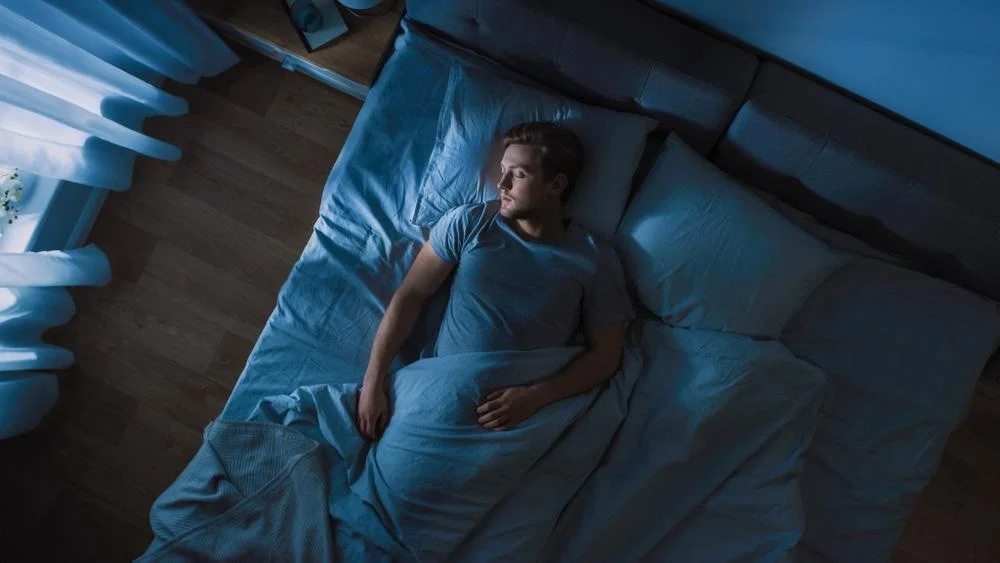Getting quality sleep is essential for overall health and well-being. However, many people struggle with sleep issues due to a lack of understanding of sleep cycles. By learning about different sleep stages and how they affect the body, you can optimize your rest for better health and productivity.

What Are Sleep Cycles?
Sleep cycles are repeated phases of sleep that the body goes through every night. Each cycle consists of multiple stages, including light sleep, deep sleep, and Rapid Eye Movement (REM) sleep. Understanding these cycles can help improve sleep quality and overall well-being.
Stages of Sleep
Sleep is divided into Non-Rapid Eye Movement (NREM) and Rapid Eye Movement (REM) stages. Each cycle lasts approximately 90 minutes and repeats multiple times throughout the night.
Sleep Cycle Breakdown
| Stage | Type | Description | Duration |
|---|---|---|---|
| Stage 1 | Light Sleep (NREM) | Transition between wakefulness and sleep | 5-10 minutes |
| Stage 2 | Light Sleep (NREM) | Body temperature drops, heart rate slows | 20-30 minutes |
| Stage 3 | Deep Sleep (NREM) | Tissue growth and repair, muscle relaxation | 20-40 minutes |
| REM Sleep | Active Sleep | Dreaming occurs, brain activity increases | 10-60 minutes |
Key Functions of Each Sleep Stage
-
Stage 1: Prepares the body for sleep; easily disturbed.
-
Stage 2: Brain waves slow down; prepares for deep sleep.
-
Stage 3: Crucial for physical recovery and growth.
-
REM Sleep: Vital for cognitive functions, memory consolidation, and dreaming.
Importance of Sleep Cycles
Proper sleep cycles ensure:
-
Physical Recovery: Muscle repair, tissue growth, and immune function improvement.
-
Cognitive Function: Memory consolidation and problem-solving abilities.
-
Emotional Well-Being: Regulation of mood and stress management.
-
Energy Restoration: Optimal energy levels for the next day.
How to Optimize Your Sleep Cycles
1. Maintain a Consistent Sleep Schedule
-
Go to bed and wake up at the same time every day.
-
Regulate your body's internal clock.
2. Create a Sleep-Inducing Environment
-
Keep the room dark, quiet, and cool.
-
Use comfortable bedding and pillows.
3. Avoid Caffeine and Heavy Meals Before Bed
-
Limit caffeine intake at least 6 hours before bedtime.
-
Eat light meals in the evening to avoid digestion issues.
4. Reduce Screen Time
-
Avoid blue light exposure from screens at least 1 hour before bed.
-
Use night mode settings on devices if necessary.
5. Exercise Regularly
-
Engage in physical activity during the day to promote better sleep.
-
Avoid intense workouts close to bedtime.
6. Manage Stress and Anxiety
-
Practice relaxation techniques like meditation and deep breathing.
-
Keep a journal to clear your thoughts before bed.
Sleep Disorders and Their Impact on Sleep Cycles
Common Sleep Disorders
| Disorder | Description | Impact on Sleep |
| Insomnia | Difficulty falling or staying asleep | Disrupts sleep cycles, reduces deep sleep |
| Sleep Apnea | Breathing interruptions during sleep | Frequent awakenings, reduces REM sleep |
| Restless Leg Syndrome (RLS) | Uncontrollable urge to move legs | Disrupts deep sleep, causes discomfort |
| Narcolepsy | Excessive daytime sleepiness | Direct transition into REM sleep |
How to Address Sleep Disorders
-
Consult a doctor if sleep disturbances persist.
-
Use CPAP therapy for sleep apnea.
-
Follow good sleep hygiene practices to improve sleep naturally.
Sleep Myths vs. Facts
| Myth | Fact |
| You need 8 hours of sleep every night | Sleep needs vary by individual and age |
| Watching TV before bed helps you relax | Blue light from screens disrupts melatonin production |
| Snoring is harmless | It can be a sign of sleep apnea, which affects sleep quality |
| You can catch up on sleep over the weekend | Irregular sleep patterns disrupt circadian rhythms |
Related Articles
-
Ilmkidunya 09/May/2025
The Brain-Gut Connection: How Your Stomach Affects Your Mind
-
Ilmkidunya 26/Mar/2025
How Sports Promote Teamwork and Leadership Skills – Benefits & Importance
-
Ilmkidunya 13/Mar/2025
10 Daily Habits for a Healthier Lifestyle - Improve Your Well-being
-
Mehran Ali 11/Oct/2021
Health and Hygiene
-
Hafiz Zeeshan 31/Dec/2020
Pakistani Halal Food Products
-
Ammara Ghous 09/Jul/2020
Plastic Pollution And Covid-19
-
Mehran Ali 10/Jun/2020
Bad News Pakistan Is Now The 6th Fastest Country To Add COVID-19 Cases
-
Mehran Ali 02/Apr/2020
Step By Step Guide To Corona Tiger Force Registration
-
ayesha 06/May/2018
Things Will Happen To Your Body When You Eat Two Eggs a Day
-
Farah Hedayat 28/Aug/2017
Hello Teens! Wanna try some international food? Beware, these dishes are very tempting.

.gif)









.png)

